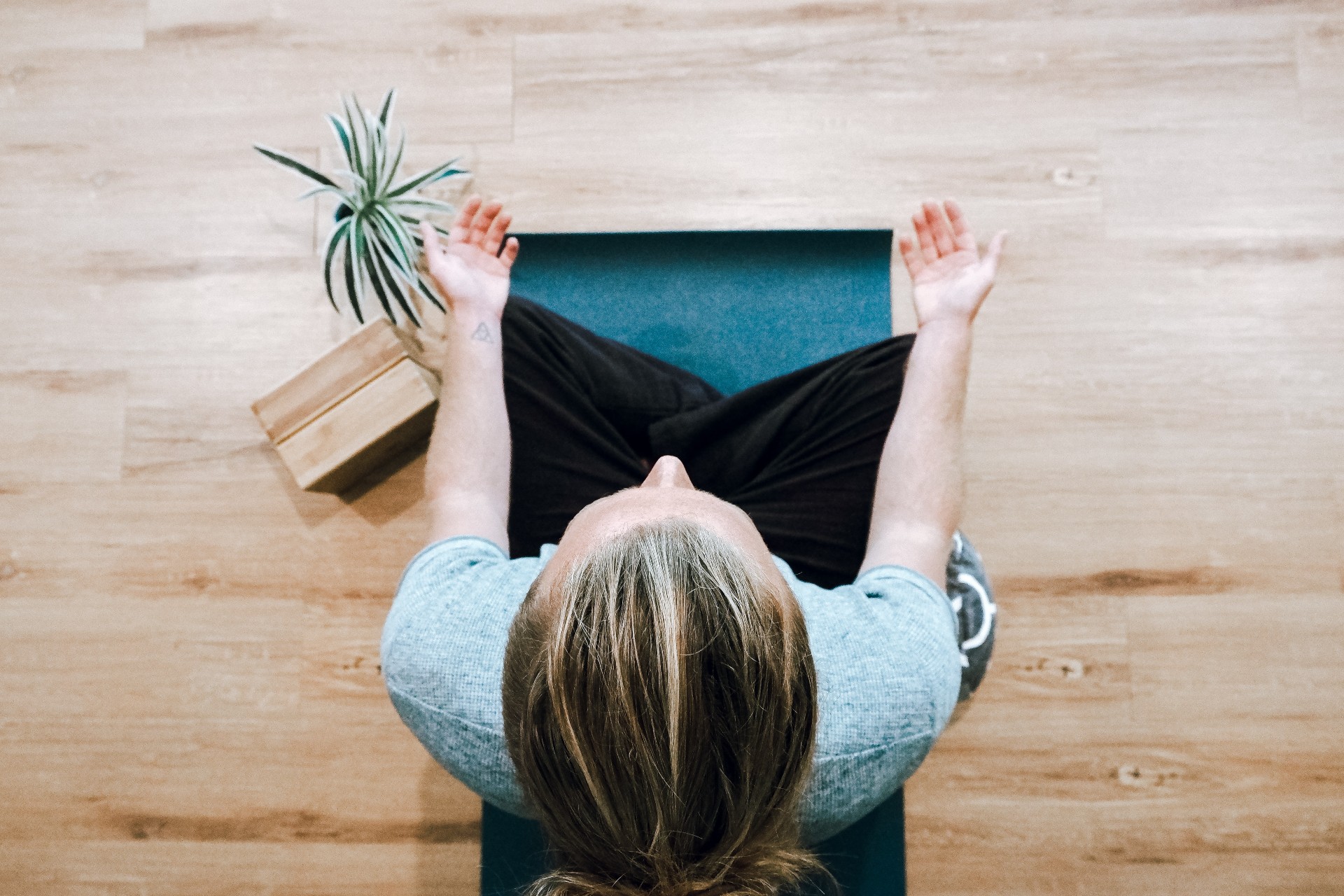
Body + Mind is reader-supported. We may earn an affiliate commission when you buy through some of the links on our site.
Meditation has been a cornerstone of Eastern traditions for thousands of years. Today, society has adopted meditative practices regardless of backgrounds and beliefs.
According to the National Center for Complementary and Integrative Health of the U.S. Department of Health and Human Services (HHS), spiritual meditation practices increased from 4.1% to 14.2% among Americans from 2012 to 2017.
Various studies have long correlated meditation with improved quality of life, reduced stress and depression and even pain relief. While there are several types of meditation, chakra healing is one of the most popular approaches. Here’s a guide for beginners interested in chakra healing meditation.
The Sanskrit translation of chakra is “wheel” or “circle” and is a well-known concept throughout India and Eastern religions.
You could consider chakras a life force or energy that flows throughout your body. To ensure the channel remains open, we must practice steady breathing, eat healthily, exercise and think positively.
In yoga, seven chakras are each assigned a color representing different body parts. Although each chakra has its own Sanskrit name, modern-day yogis and meditation practitioners know them as:
Chakra healing practitioners use this meditative technique to soothe emotional, physical and mental blockages. For example, an overactive thyroid releases excess hormones that make you angry — a remedy could entail using chakra healing to unblock the throat chakra and improve communication.
Chakra healing is straightforward, requiring nothing but time and space. Beginners can follow these five simple steps to start a chakra healing meditation practice.
Set up your practice in a quiet place, such as a bedroom, study or outside in nature. You’ll want to turn off your phone, set the thermostat to a comfortable temperature, find the proper lighting and ensure you’re alone so nobody disturbs you.
Wear loose-fitted clothes when you meditate. You might also want to wear socks in case your feet get cold.
Stand up, lie down, sit on a blanket, prop yourself up with pillows or use a chair if you’d like. You’ll be in the same position for a while, and it’s best to support your body.
Calm yourself down by taking deep breaths and closing your eyes. It’s normal to have racing thoughts when you first start. Speak to them in your mind, telling them, “Not now,” and watch them disappear.
Once you feel completely relaxed, you can begin your actual healing meditation.
Move through each chakra, beginning at the root chakra at the base of your spine. Envision each body part lit up in its corresponding color, working upward through the channel.
Take your time to re-energize whatever areas might be blocked by breathing into them and reopening the passageway. The crown chakra should always be last, at which point you’ve carried your body from a survival state to consciousness.
Once you work your way from the root chakra to the crown chakra, you’ll want to picture the seven colors in a clockwise rotation.
If you notice that a chakra isn’t spinning or moves counterclockwise, it could indicate something’s wrong. Correct the flow by picturing the chakra moving in the right direction.
When finished, slowly open your eyes and take your time getting back to your daily routine.
As a beginner, you’ll have to determine what works best for your meditation practice and what doesn’t.
Some practitioners prefer using guided audio meditations or downloading meditation apps. Others create an at-home sanctuary dedicated to their practice, comprising incense or scented candles, pillows and blankets, plants and an altar.
Crystals are also commonly utilized, which healers have long believed contain metaphysical properties that interact with the body’s energy field.
Consider opening and closing your meditation session by setting an intention to help build greater awareness and focus.
Whether you’ve had a meditation practice for years or are just starting, chakra healing meditation is for everyone. Becoming a master meditator doesn’t require any special skill set. Just come to your practice as you are and experience ultimate relaxation.
Your email address will only be used to send you our newsletter, and at any time you may unsubscribe. For more information, see our Privacy Policy.